Manufacturers: Fisher & Paykel, Philips Respironics, ResMed, and Löwenstein/Weinmann
CPAP masks are primarily used for therapeutic purposes to manage moderate-to-severe Obstructive Sleep Apnoea Syndrome (OSAS). However, a CPAP nasal mask should only be considered, if you also breathe through your nose at night. Nasal masks are designed to only cover the nose with the mask cushion. It is, therefore, necessary to breathe through the nose in order to generate and maintain positive airway pressure inside the airways. However, should you breathe exclusively or partially through the mouth, it is necessary to use a nasal mask in combination with our leakage prevention mouthpiece, oxyhero CPAP Pro, in order to achieve therapeutic success. The mouthpiece specifically prevents you from breathing through your mouth, therefore the body naturally switches over to the healthier form of breathing (i.e., through the nose), and thereby enables an effective nasal CPAP ventilation. Alternatively, for mouth-breathers there is also a CPAP full face mask which consists of a mask cushion that covers the nose as well as the mouth. The full face mask can, therefore, be used by both nose- as well as mouth-breathers. If a nasal mask should be suitable for you, please refer to our Nasal Mask Comparison to help you find a suitable model.
- Price
- Customer Rating
- Especially Suitable for
- Comfort
- Freedom of Movement
- Ease of Use
- Cleaning
- Volume
- Therapeutic Pressure Range (in cm H2O)
- Material of the Mask Cushion
- Replacement Parts/ Accessories Available
- Advantages/ Distinguishing Features
-
- £114.95
- Bearded Individuals, Spectacle Wearers, Claustrophobic Individuals
- Very High
- Very High
- Very Simple
- Simple
- Very Quiet (18 dBa)
- 4-30
- Silicone
- Yes
- Winner of the iF Gold Design Awards 2016
- Go to Product
-
- £52.95
- Bearded Individuals, Claustrophobic Individuals
- High
- Very High
- Very High
- Very Simple
- Very Quiet (18 dBa)
- 4-20
- Silicone
- Yes
- Also available in a version “For Her”
- Go to Product
-
- £89.95
- Bearded Individuals, Claustrophobic Individuals
- Very High
- Very High
- Very Simple
- Very Simple
- Very Quiet (13,3 dBa)
- 4-30
- Silicone
- Yes
- Optimal successor to the F&P Eson
- Go to Product
-
- £54.95
- Bearded Individuals, Spectacle Wearers, Claustrophobic Individuals
- High
- Very High
- Very Simple
- Very Simple
- Quiet (23,3 dBa)
- 4-30
- Silicone
- Yes
- Also available in a version “For Her”
- Go to Product
-
- £69.95
- Bearded Individuals, Claustrophobic Individuals
- High
- Very high
- Simple
- Simple
- Very Quiet (19 dBa)
- 4-30
- Silicone
- Yes
- Especially suited for broad noses
- Go to Product
-
- £104.95
- Bearded Individuals, Spectacle Wearers, Claustrophobic Individuals
- High
- High
- Simple
- Very Simple
- Very Quiet (19 dBa)
- 4-30
- Silicone
- Yes
- Selection Between Fabric and Silicone Frames
- Go to Product
-
- £84.95
- Bearded Individuals, Claustrophobic Individuals
- Medium to High
- Very High
- Very High
- Simple
- Quiet (22 dBa)
- 4-25
- Silicone
- Yes
- –
- Go to Product
-
- £54.95
- Bearded Individuals, Claustrophobic Individuals
- Medium to High
- High
- Very High
- Very Simple
- Very Quiet (18 dBa)
- 4-30
- Silicone
- Yes
- Recyclable and, according to Oeko-Tex Standard 100 certified materials, extremely durable material
- Go to Product
-
- £64.95
- Bearded Individuals
- Medium
- Very High
- Very High
- Simple
- Very quiet (18 dBa)
- 4-30
- Silicone
- Yes
- Can also be used together with an oxygen concentrator – particularly robust and stable
- Go to Product
Comfort:
Comfort is among the most important and, simultaneously, most complex criteria when it comes to selecting your CPAP mask. The deciding factor when determining the overall comfort of a mask is a comfortable and sufficiently snug fit. Otherwise the mask may shift while asleep, which leads to the escaping of pressurised air (so-called “leakages”). Such leakages usually result in inflammation of the eyes and interfere with the overall success of the therapy, as leakages complicate the maintaining of positive airway pressure inside the airways. Leakages, therefore, require an increase in applied pressure in order to achieve the same result that would be achieved without unwanted air leakages. However, such an increase in pressure is not always possible and also brings additional unpleasant side effects with it, such as increased drying out of the mucous membranes. Thus, to prevent leakages, several masks include a mask cushion with Rollfit, Auto Seal or air spring technology. This ensures that the mask cushion seals evenly against the face in all possible sleeping positions, whereby the risk of escaping air can be significantly reduced. Moreover, masks with a forehead support generally provide a better and more stable fit, and are therefore less prone to leakages. An integrated forehead support can also be used to achieve better pressure distribution and, thus, help to achieve higher comfort. However, especially bulky forehead supports are not suitable for everyone, as they can elicit feelings of claustrophobia. Especially for claustrophobic individuals but also for the purpose of reading or watching television (especially with glasses), we therefore generally recommend the alternative of masks without forehead support. Thanks to their minimalistic design, these masks allow for a clear field of vision, and also have minimal contact with the face, which reduces the risk of pressure marks. However, because of their minimalist design, masks without a forehead support are generally less stable than masks with an integrated forehead support. Additional factors – such as, low weight, a particularly soft mask cushion, and/or a headband – ensure a high level of comfort while wearing a mask. Furthermore, the comfort of any mask can be further heightened through the use of oxyhero basic headgear strap covers The headgear strap covers can be easily attached to the headgear of the mask by means of the integrated Velcro fastener, and thereby provide a soft fleece layer between the face and the headgear.
Freedom of Movement:
If you frequently change your position while sleeping, then freedom of movement is an important criterion when it comes to selecting a suitable CPAP mask. In the case of masks with an elbow joint that has a 360° range of movement, increased freedom of movement is independent from the type of mask. This makes it possible to move during sleep without the mask shifting due to tugging on the tube/hose. This effect can be further enhanced by attaching the tube/hose to the top of the mask. In this configuration, the tugging on the tube/hose is maximally reduced and the freedom of movement is minimally restricted. In addition to the tube/hose connection and the attachment of the tube/hose to the mask, a tube/hose suspension system is also crucial for a high degree of freedom of movement. For example, this is how oxyhero basic or oxyhero select hose/tube suspension system ensures that the tube/hose is suspended above the head and led to the mask from above. This not only greatly reduces the tugging at the tube/hose on the mask, but also prevents the tube/hose from becoming entangled or prevents you from lying on it while asleep.
Ease of Use:
The criterion “Ease of Use” summarises all of the factors that facilitate the daily use of the CPAP mask (with the exception of cleaning, which is considered separate in this comparison). Masks that are particularly easy to use, can, therefore, be put on and taken off very quickly (without having to be readjusted to the shape of the head each time). For this purpose, the masks are, for example, equipped with headgear that has clip or magnetic fasteners, so that the mask can be put on and taken off with ease. An elbow clip with a fast-clip function also facilitates daily usage. This allows for easy connecting and disconnecting of the CPAP tube/hose to and from the mask, which means that instead of having to remove the entire mask, only the tube/hose has to be unclipped in the event of any form of momentary disruption, such as a nightly visit to the bathroom.
Cleaning:
Regular cleaning is a must for all CPAP masks. As the mask must be disassembled before it can be cleaned, the main difficulty of the cleaning process lies in the dis-and-reassembling of the mask. The masks that are particularly easy to clean are, therefore, composed of very few individual parts, which helps to keep the dis-and-reassembling process as straightforward as possible. Some masks are also equipped with a so-called “Visi-Blue System”, which provide colour-coding of the most important parts to be cleaned, thereby making the dis-and-reassembling of the mask child’s play.
Volume:
A frequently overlooked criterion when selecting a CPAP mask is its sound volume. Consequently, the sounds emitted by the mask could not only disturb you but also your respective sleeping partner when trying to sleep. The deciding factor when assessing the sound volume of a mask is the so-called sound pressure level, which is indicated in the comparative chart/table for all of the individual masks. For the sake of comparison: A ticking wristwatch has a sound pressure level of ca. 20 dBA. Particularly quiet CPAP masks fall well below this level, and are therefore hardly noticeable. Such low-volume levels can, among other things, be achieved through integrated exhaled air distribution systems, which ensure that the exhaled air does not exit the mask as a concentrated spurt but is rather dispersed in gentle swirls of air. This, on the one hand, makes the CPAP mask quieter while in use, and, on the other hand, allows your seeping partner to not be disturbed by the concentrated spurts of air.
Therapeutic Pressure Range:
Each CPAP mask has a specific therapeutic pressure range in which it operates. Depending on the level of pressure that you require for the therapy of your sleep apnoea, it is important to ensure that the mask you choose is designed to meet this specific pressure range.
Material of the Mask Cushion:
Based on the material of the cushion, CPAP masks can be divided into two major categories: Masks with gel cushioning and masks with silicone cushioning. This distinction is especially relevant in the case of an intolerance or allergy to one of these materials. The experiences of previous customers indicate that masks with a gel cushioning are especially comfortable to wear. Please refer to the table provided to determine which mask consists of your desired material.
CPAP Masks – How to Find the Right One?
Pointers on finding the right CPAP mask what you should pay attention to.


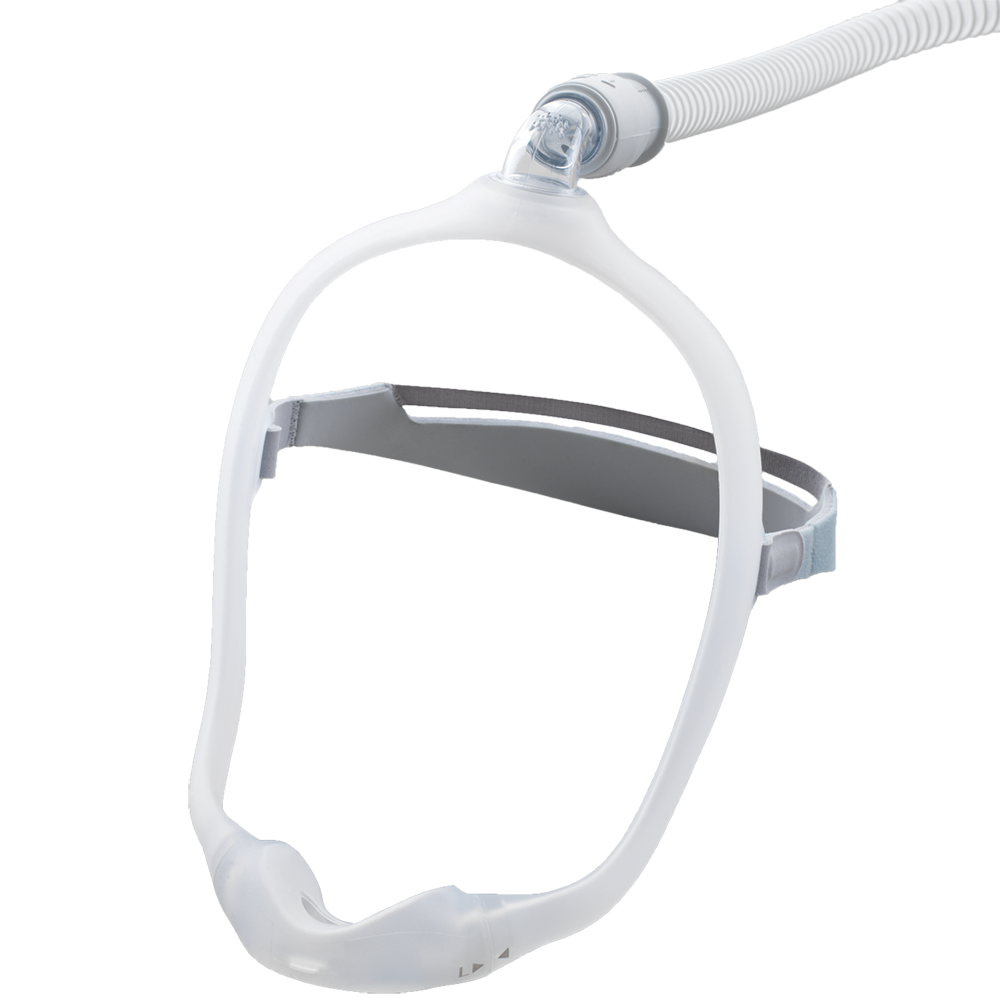
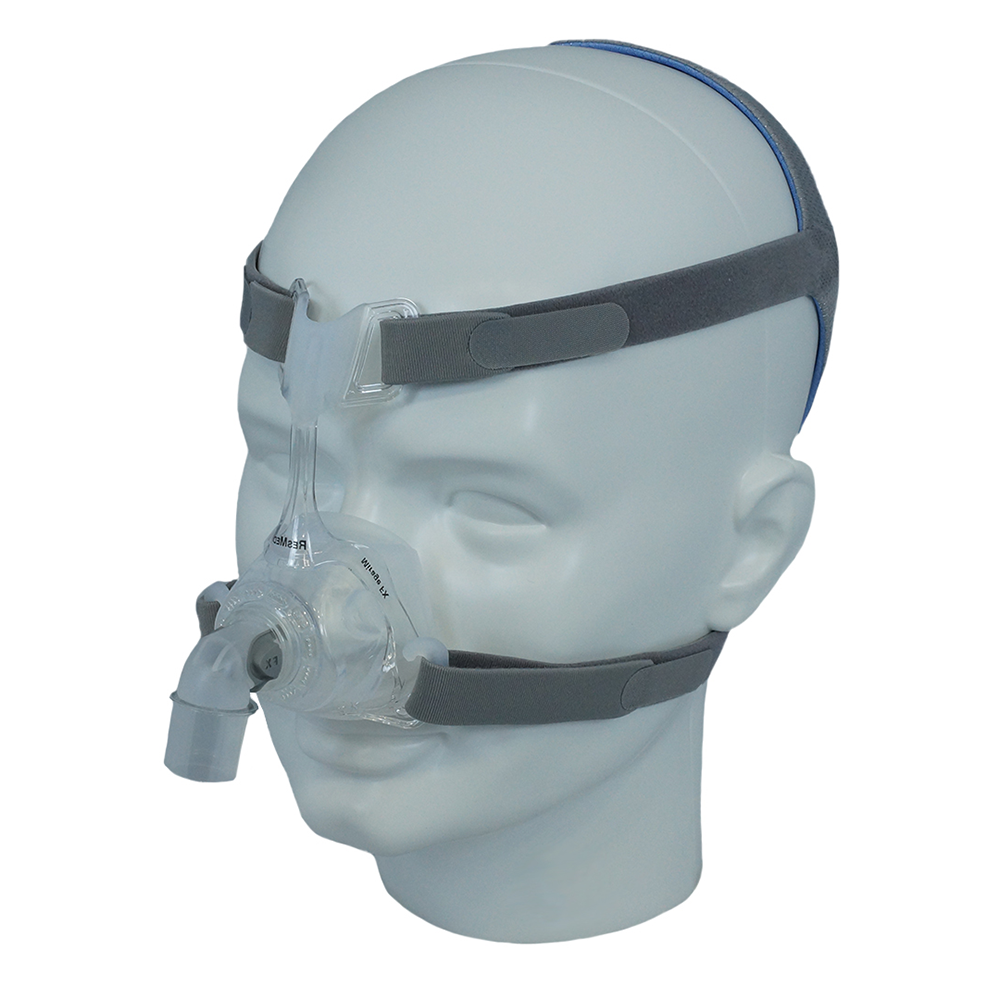
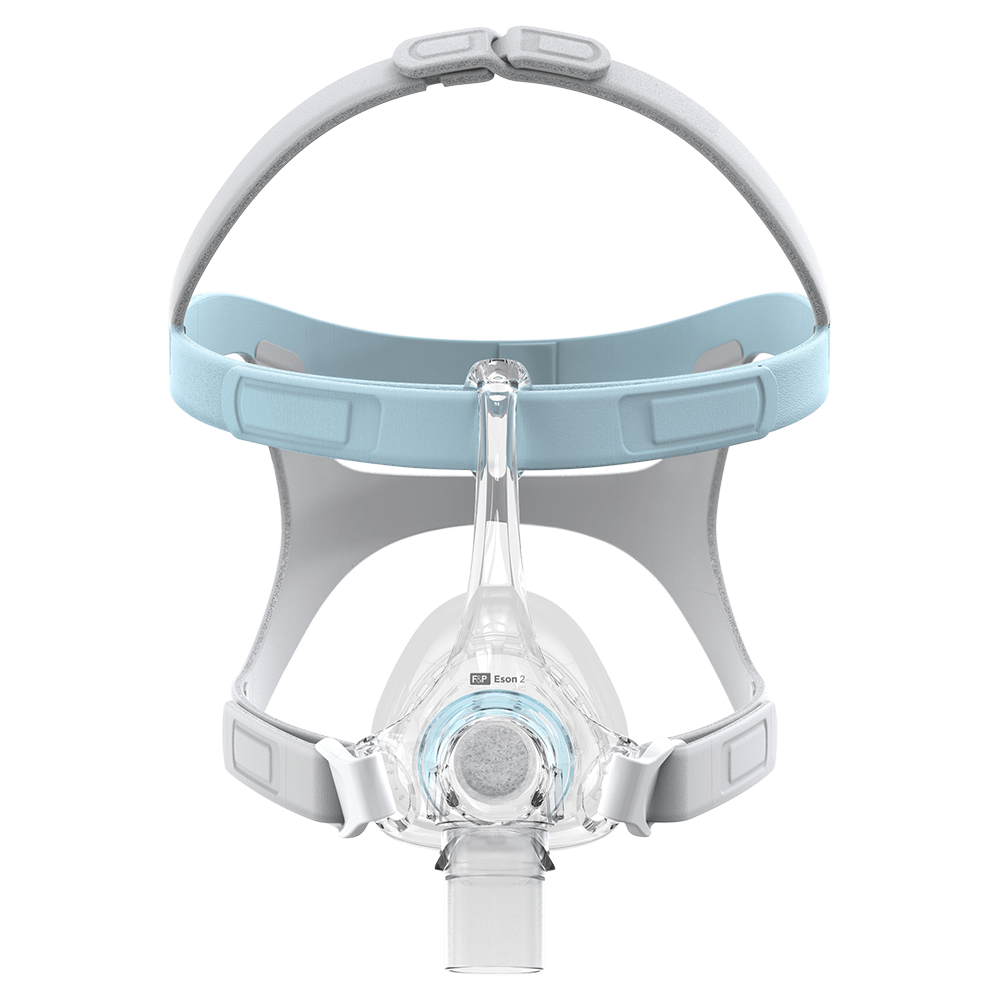
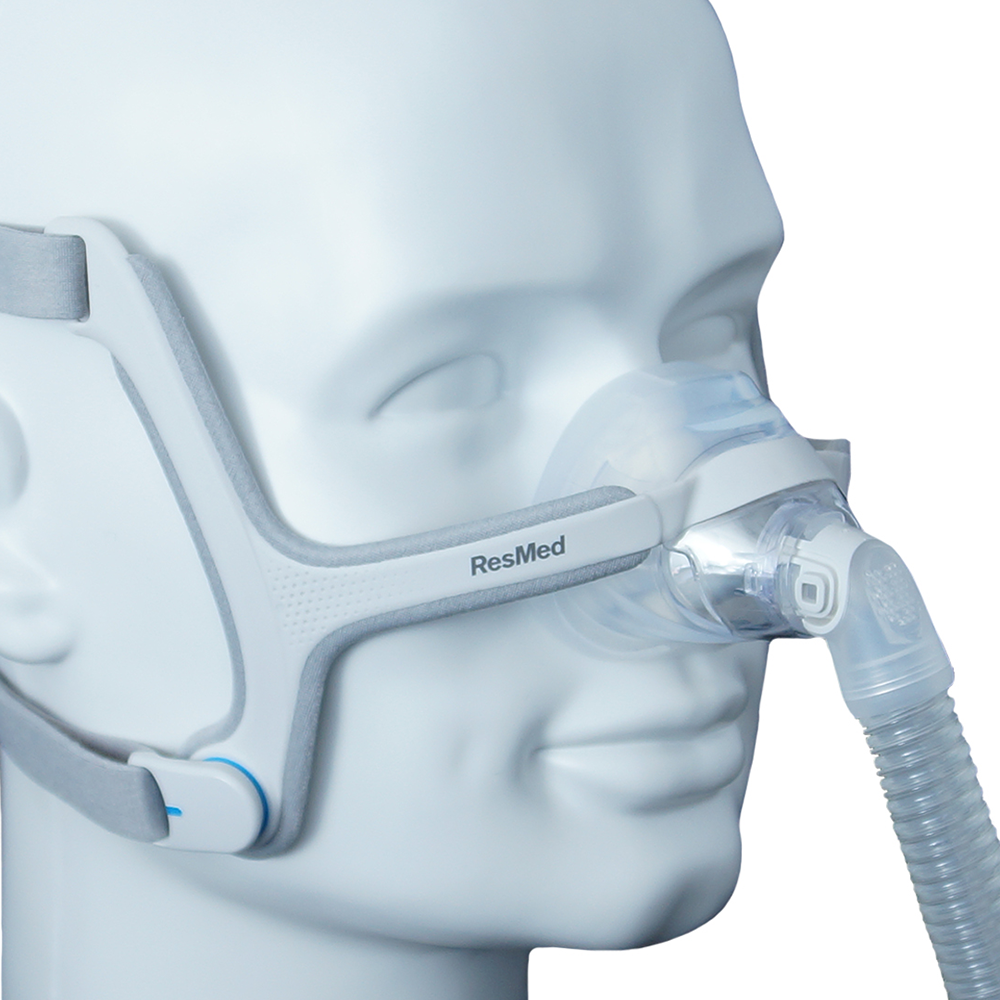
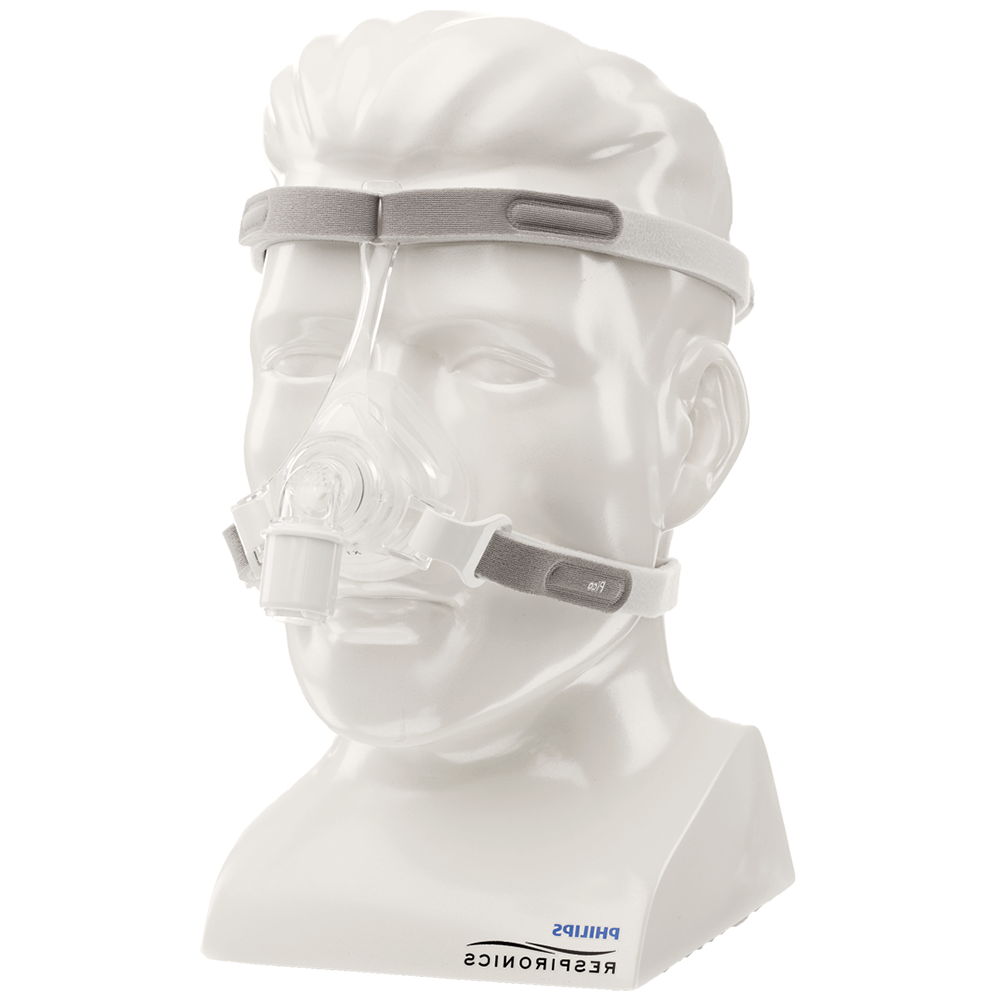
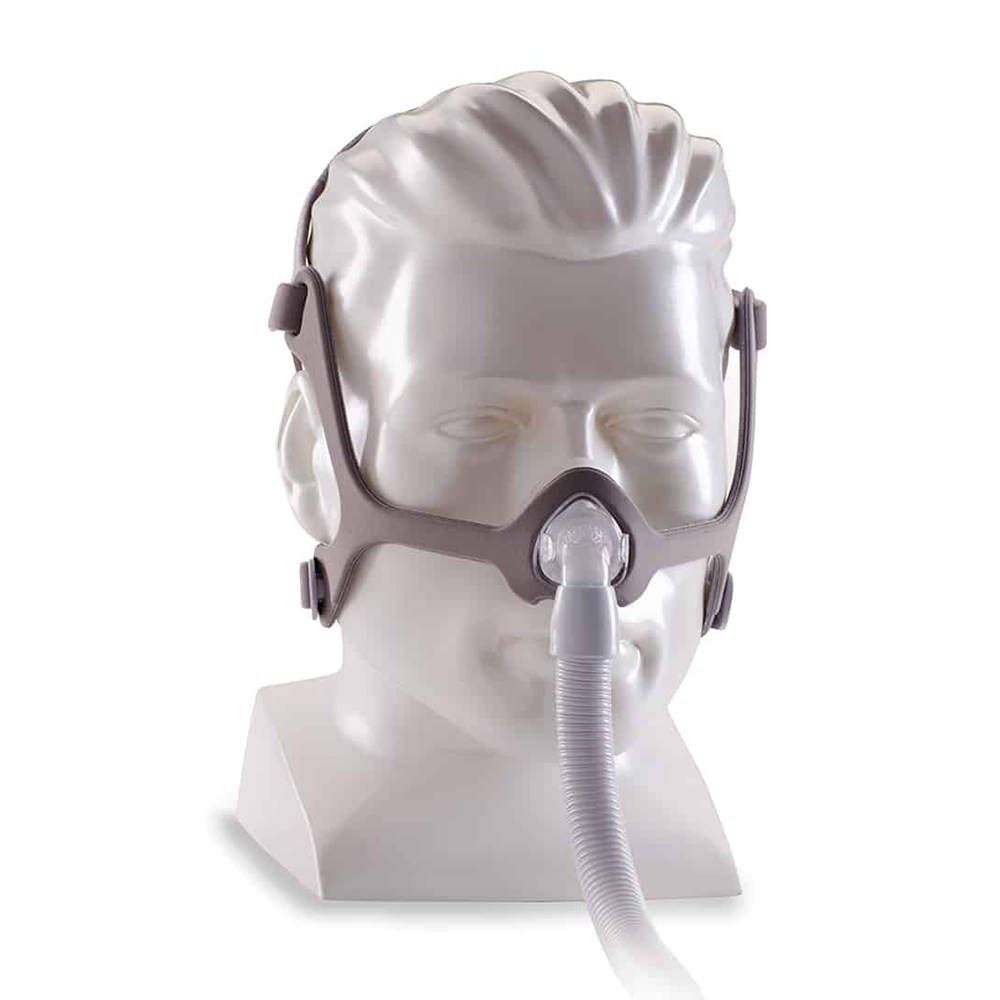
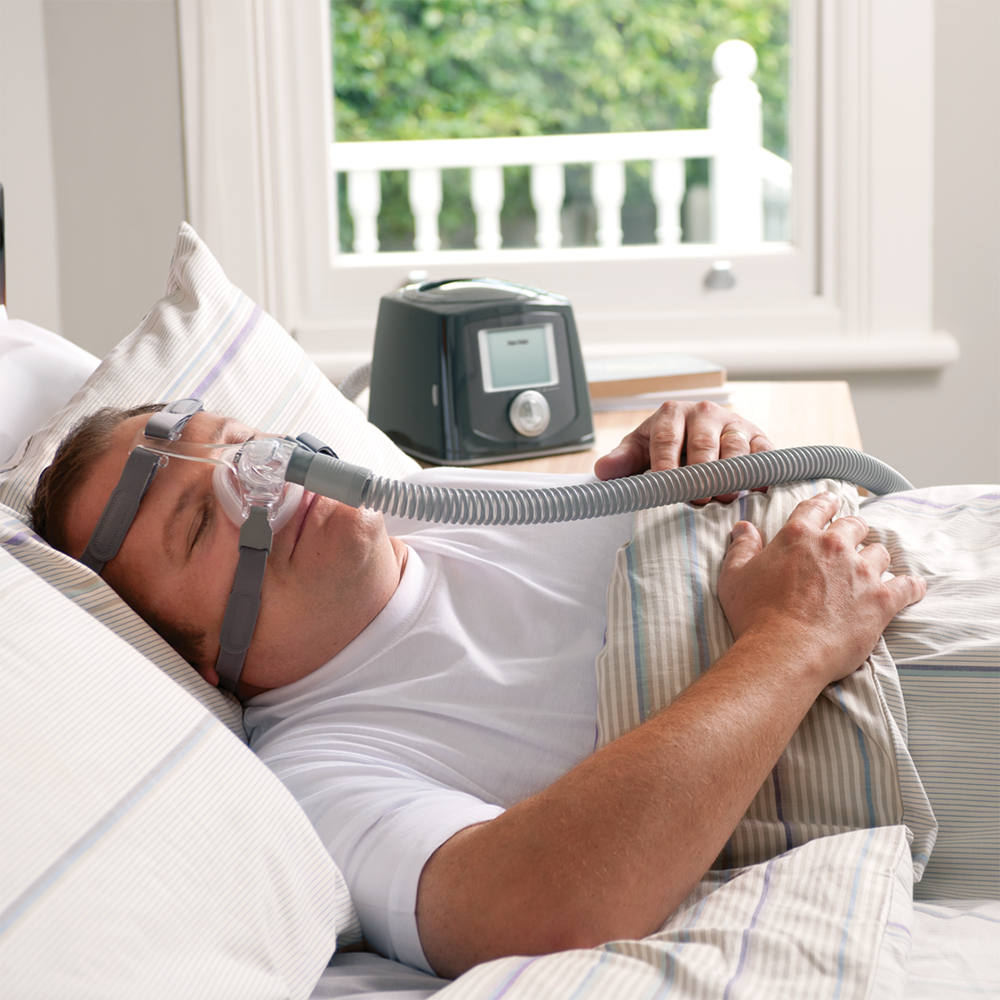
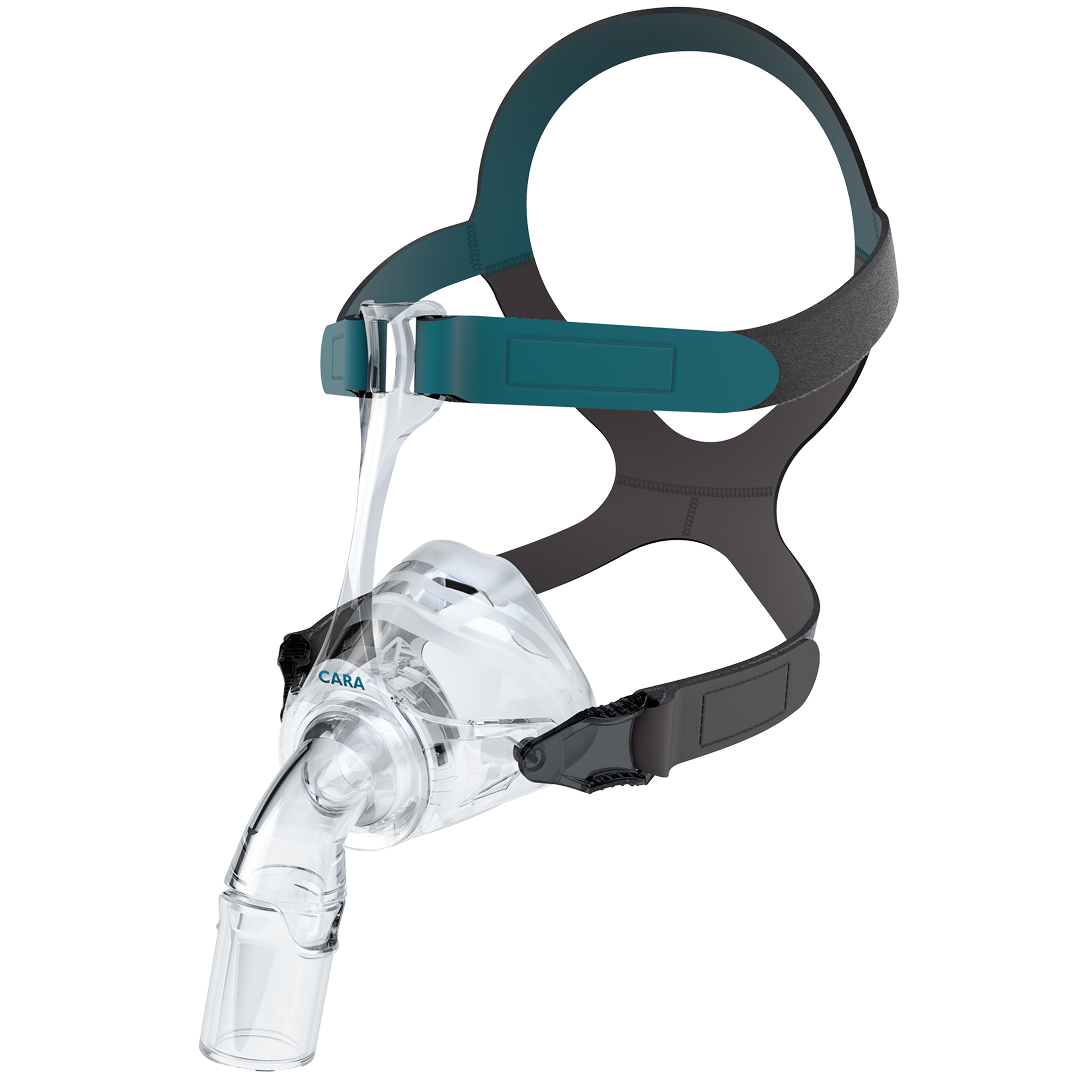
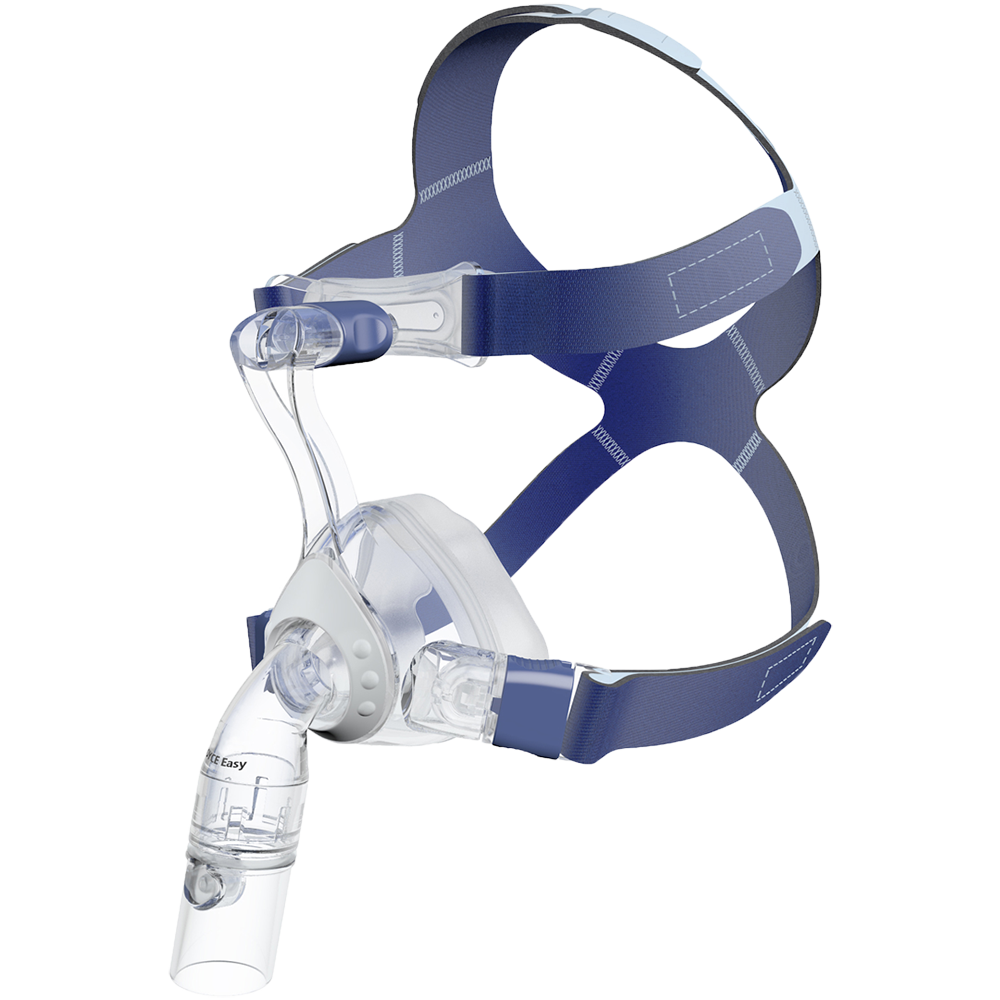

 Welcome to SomniShop
Welcome to SomniShop